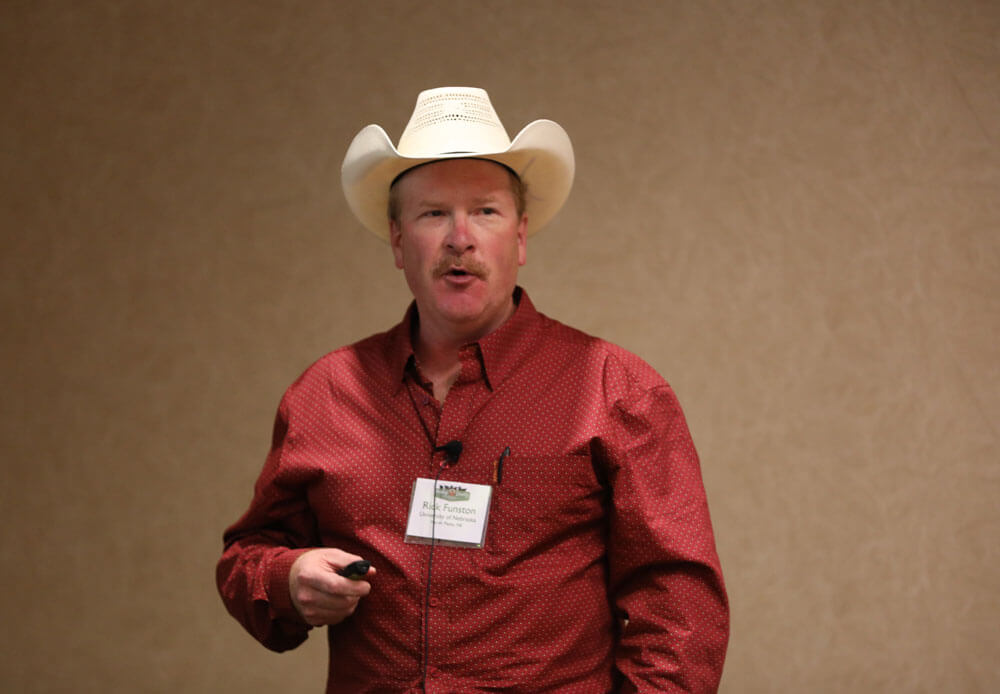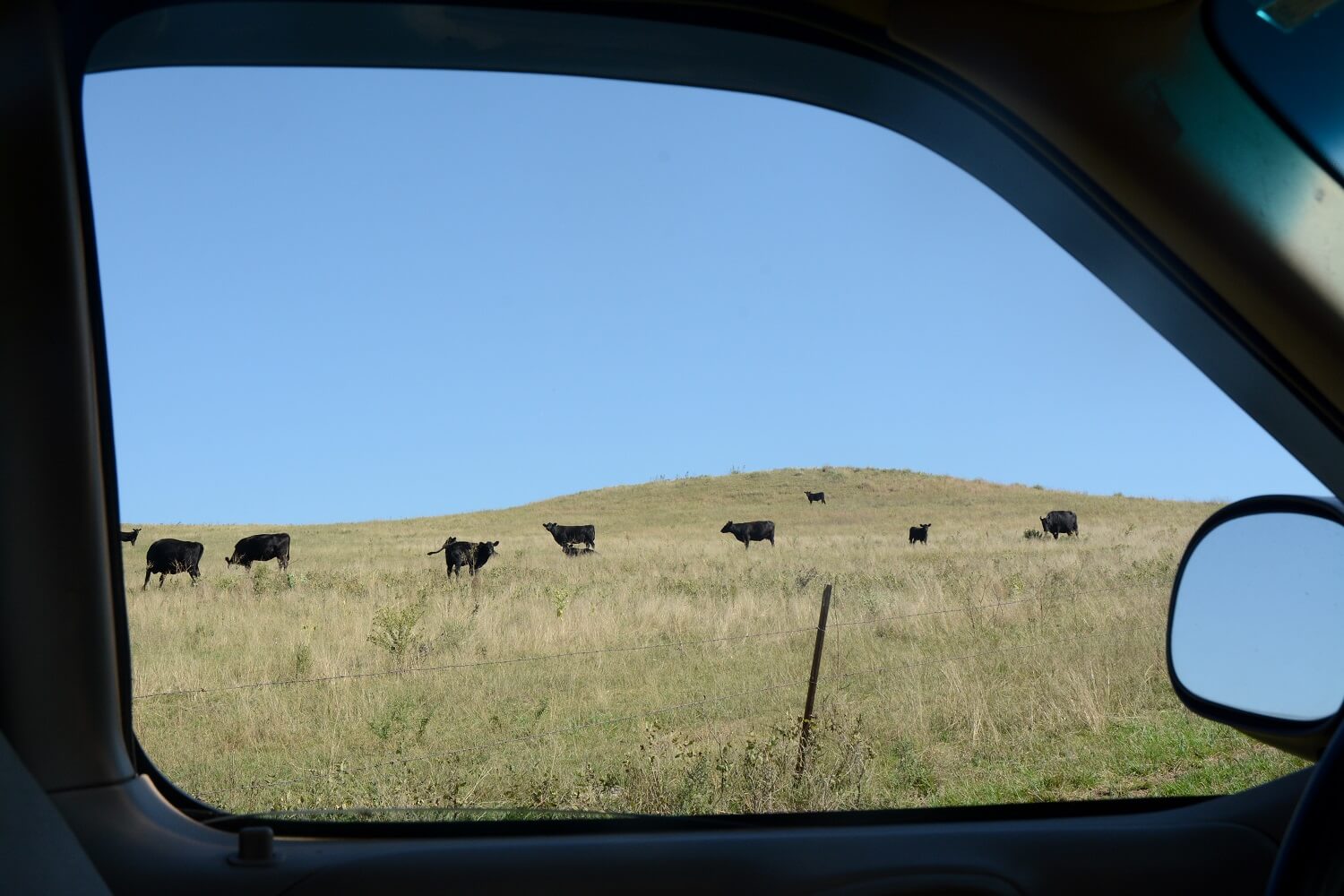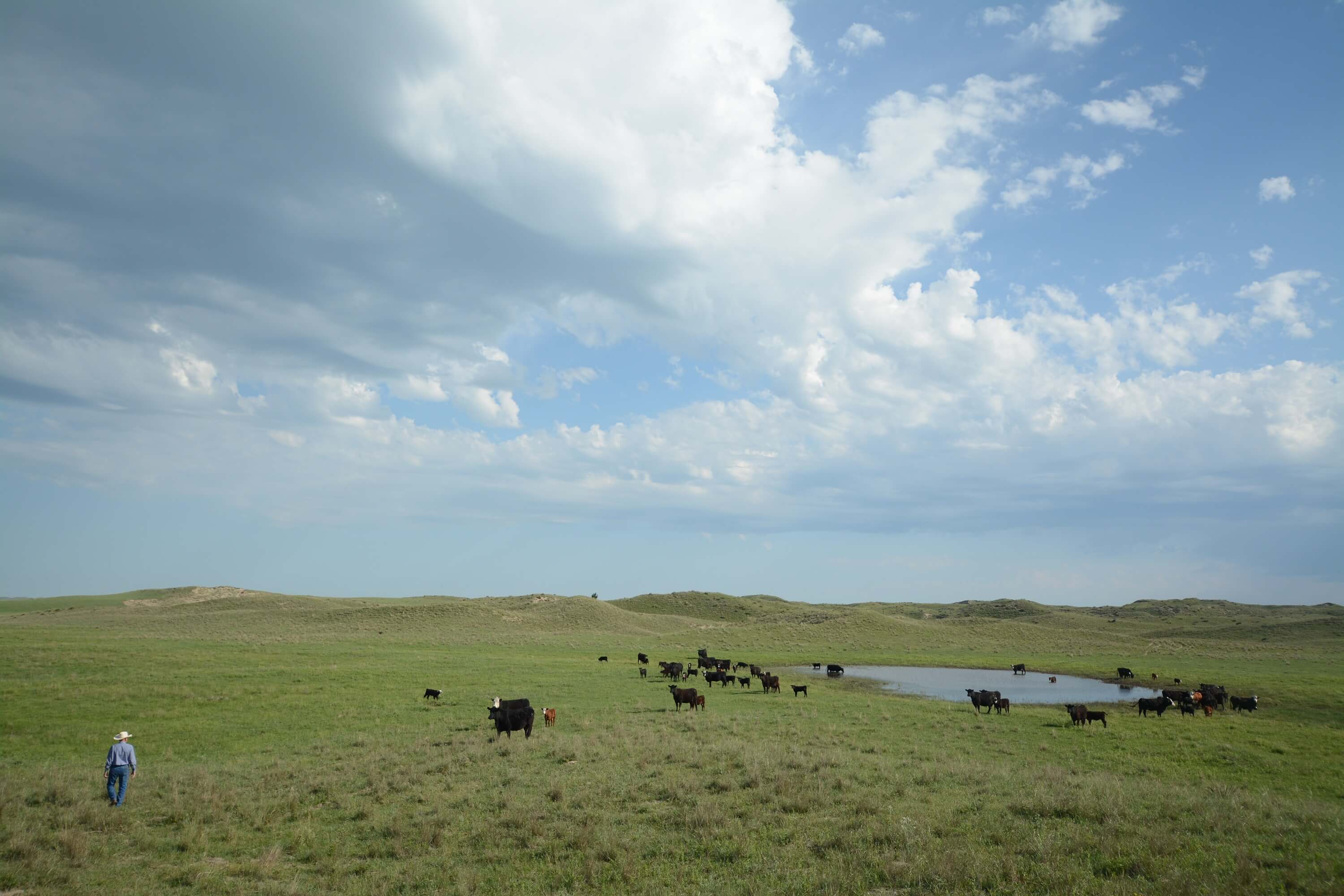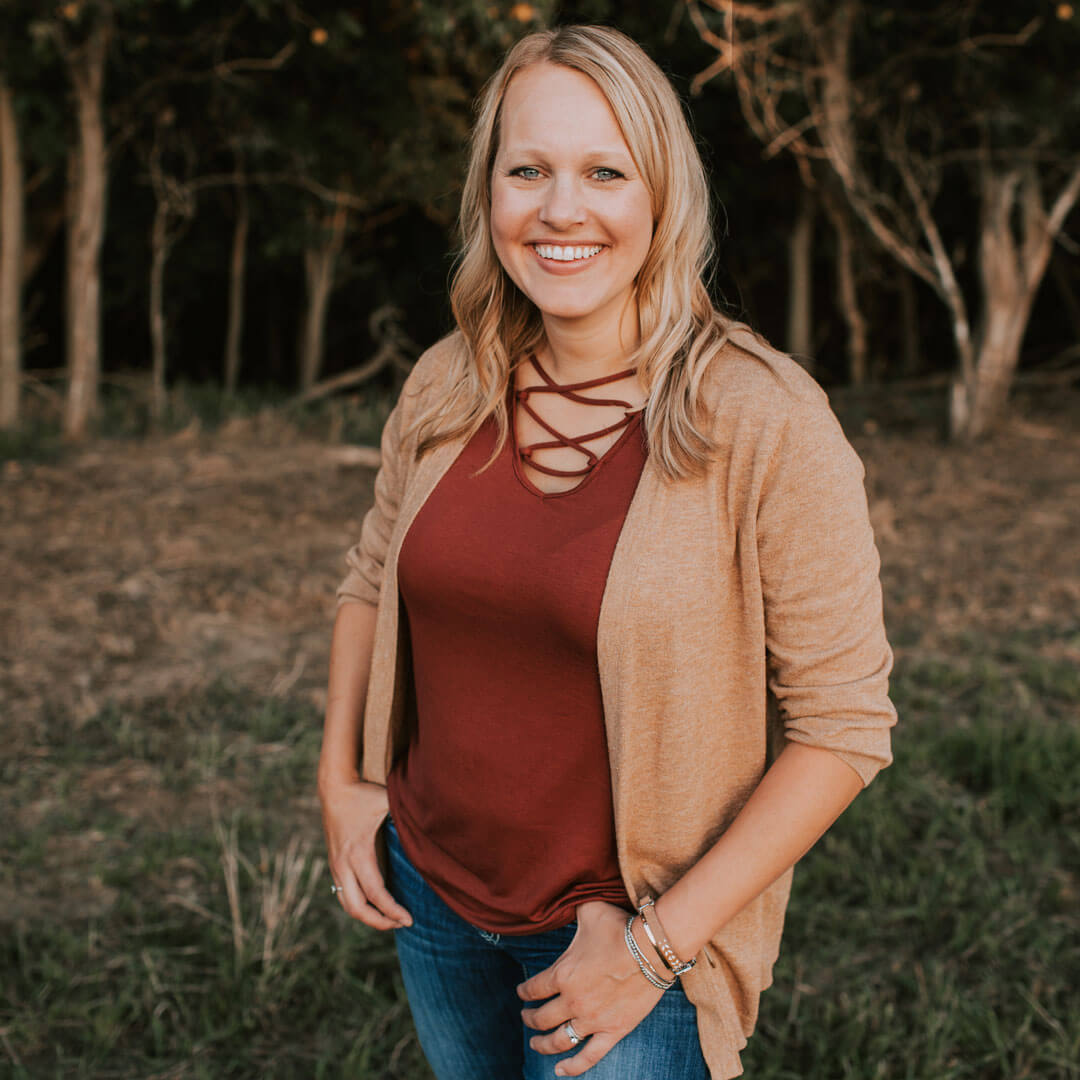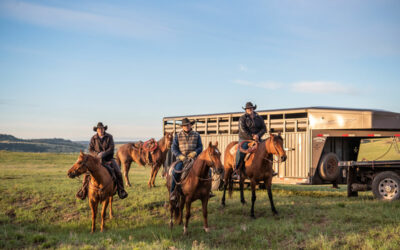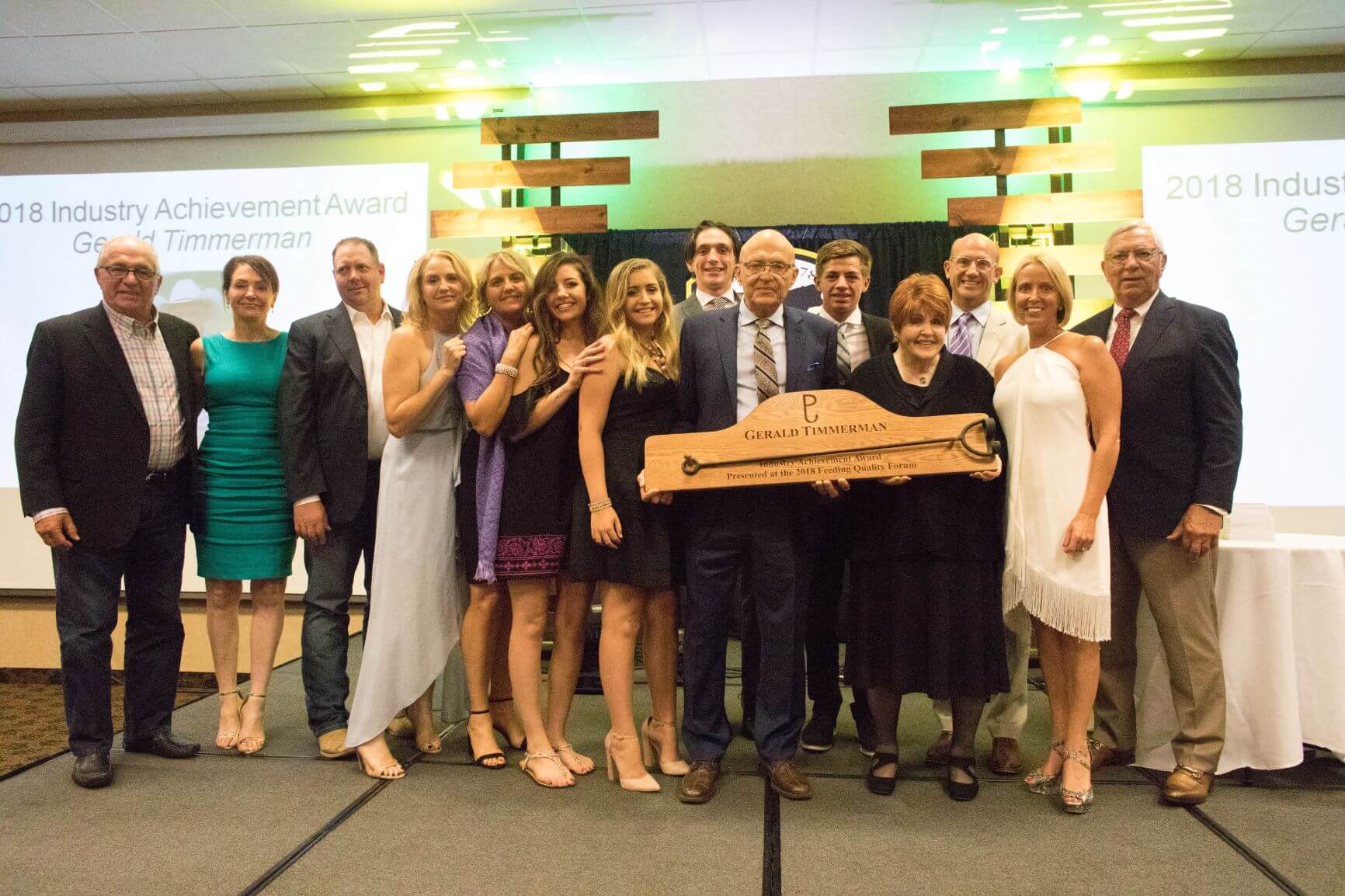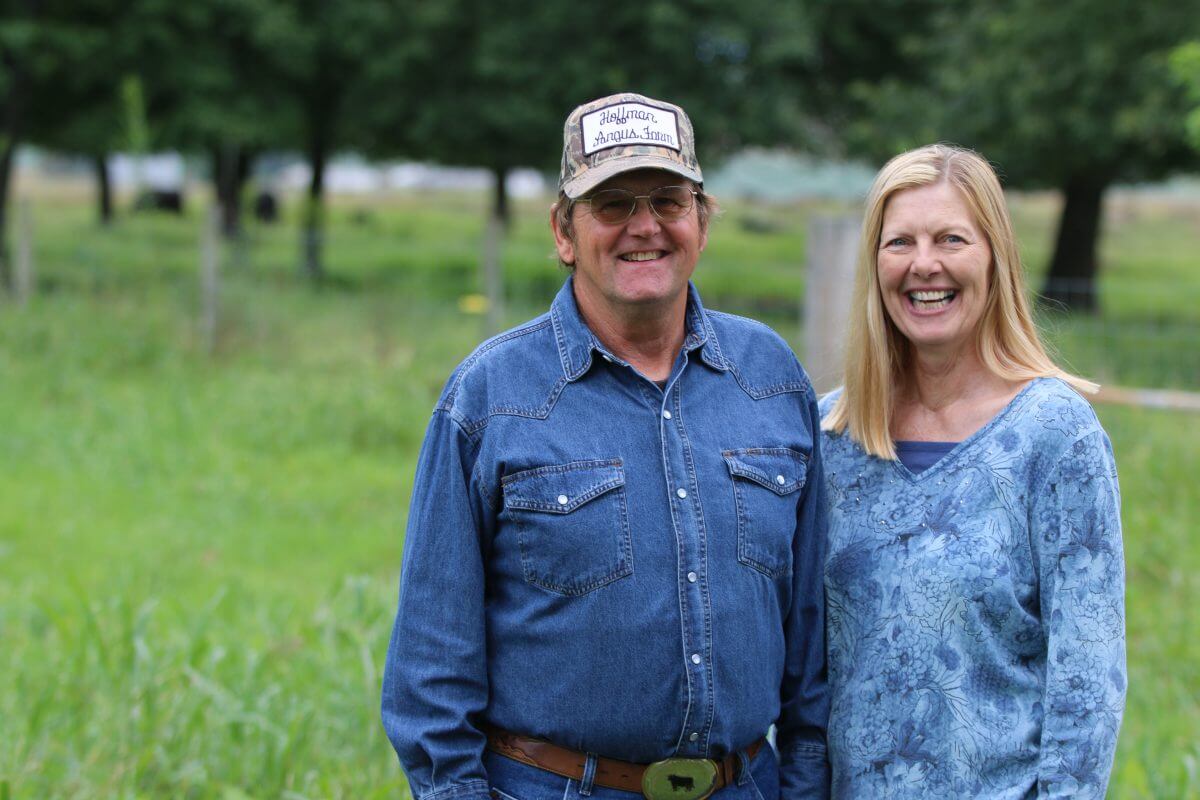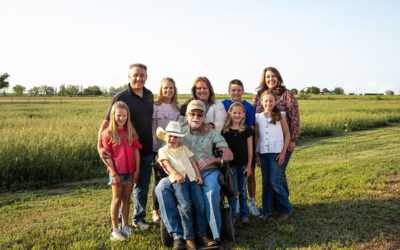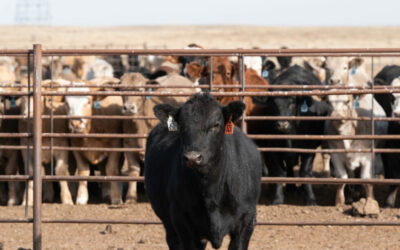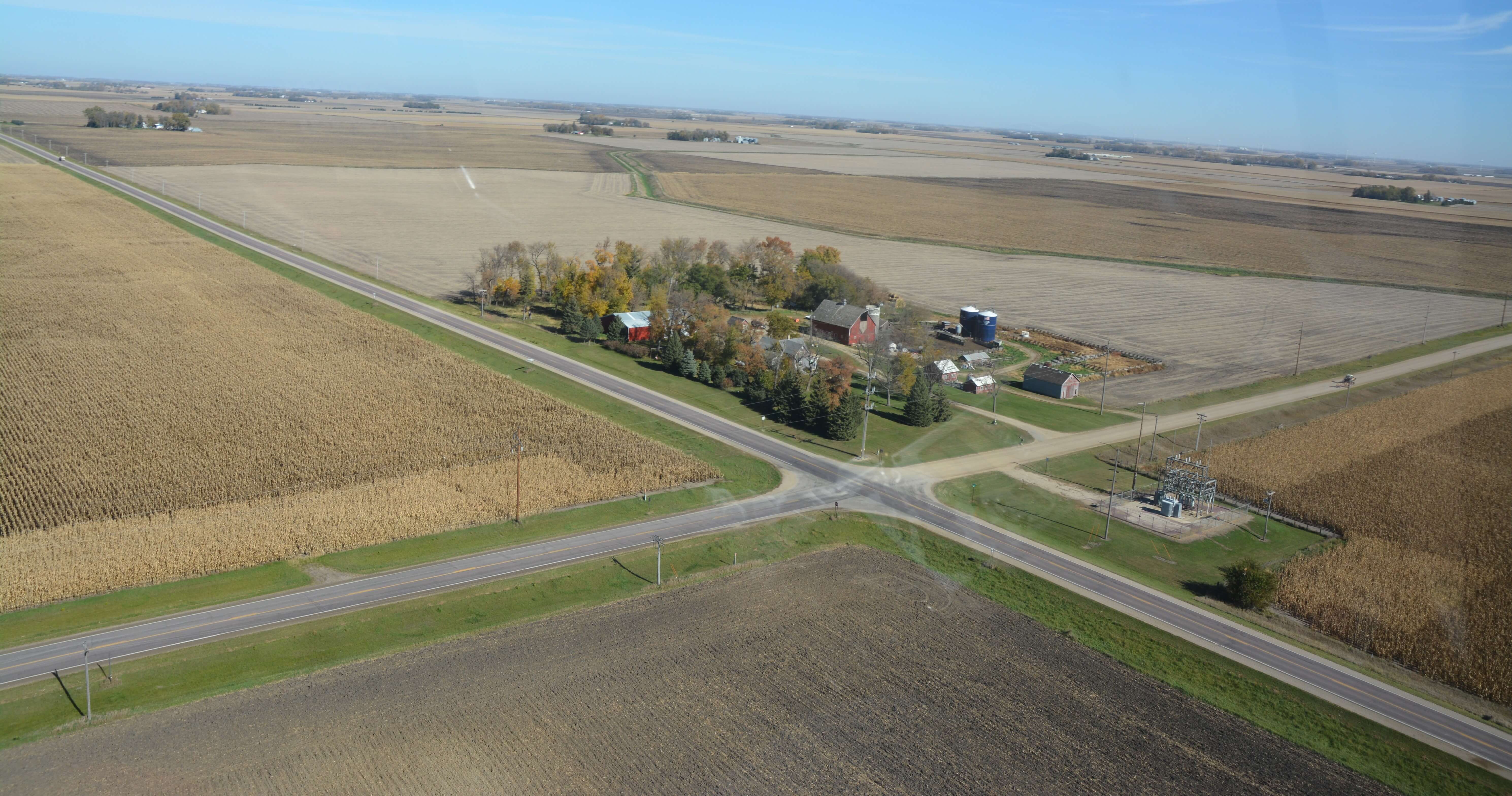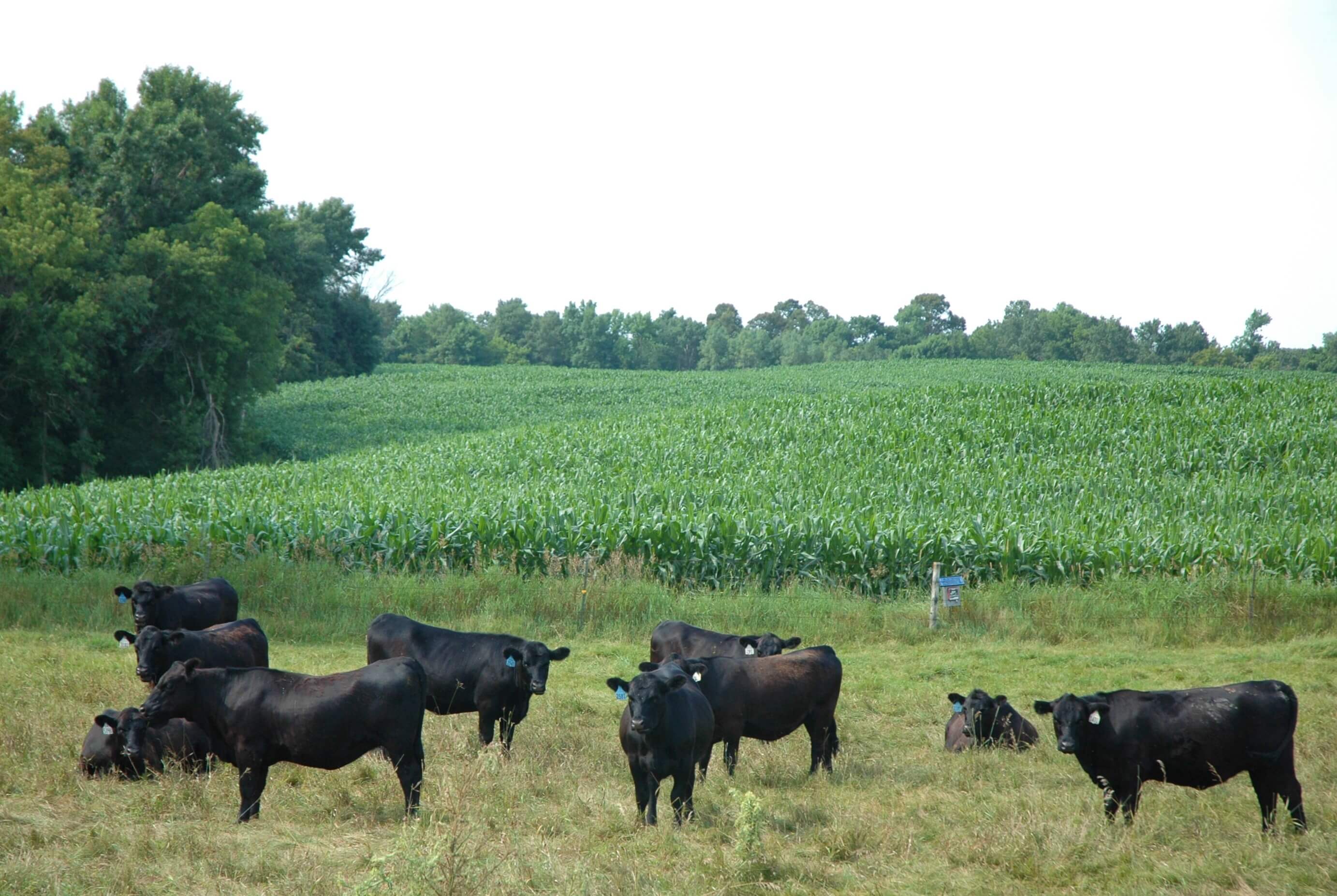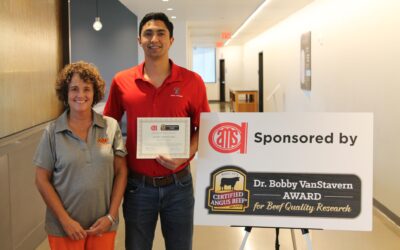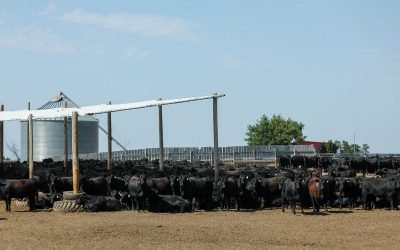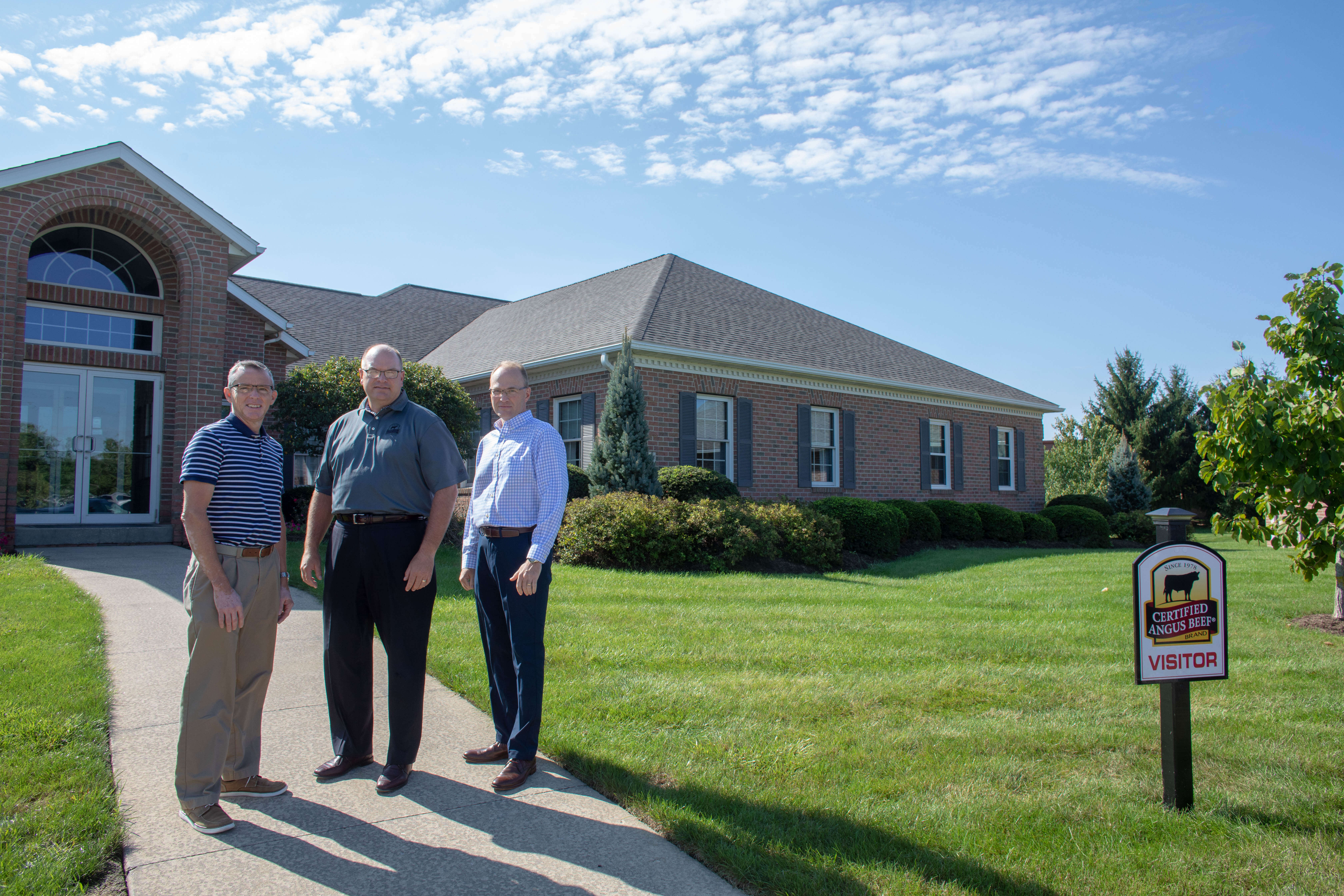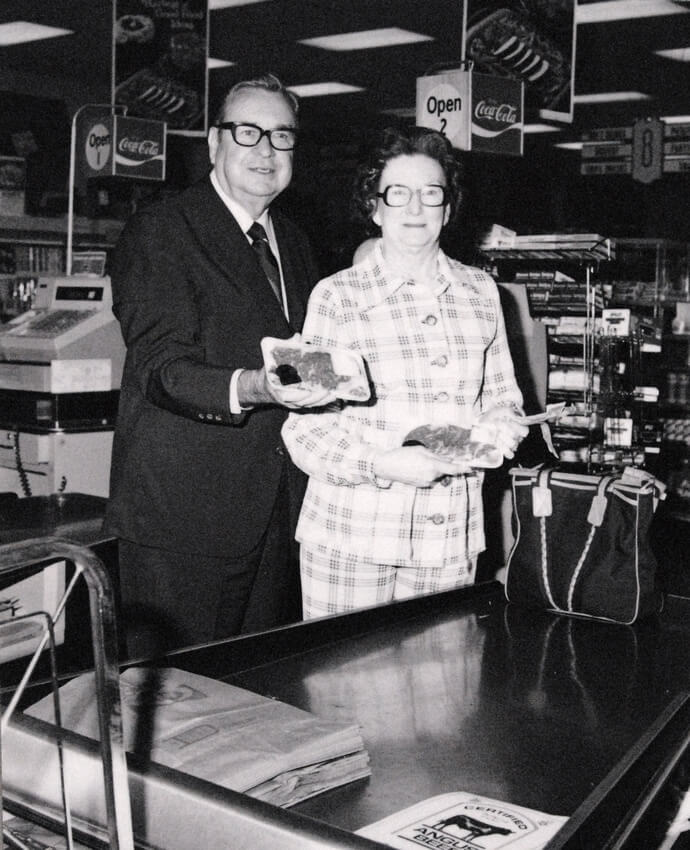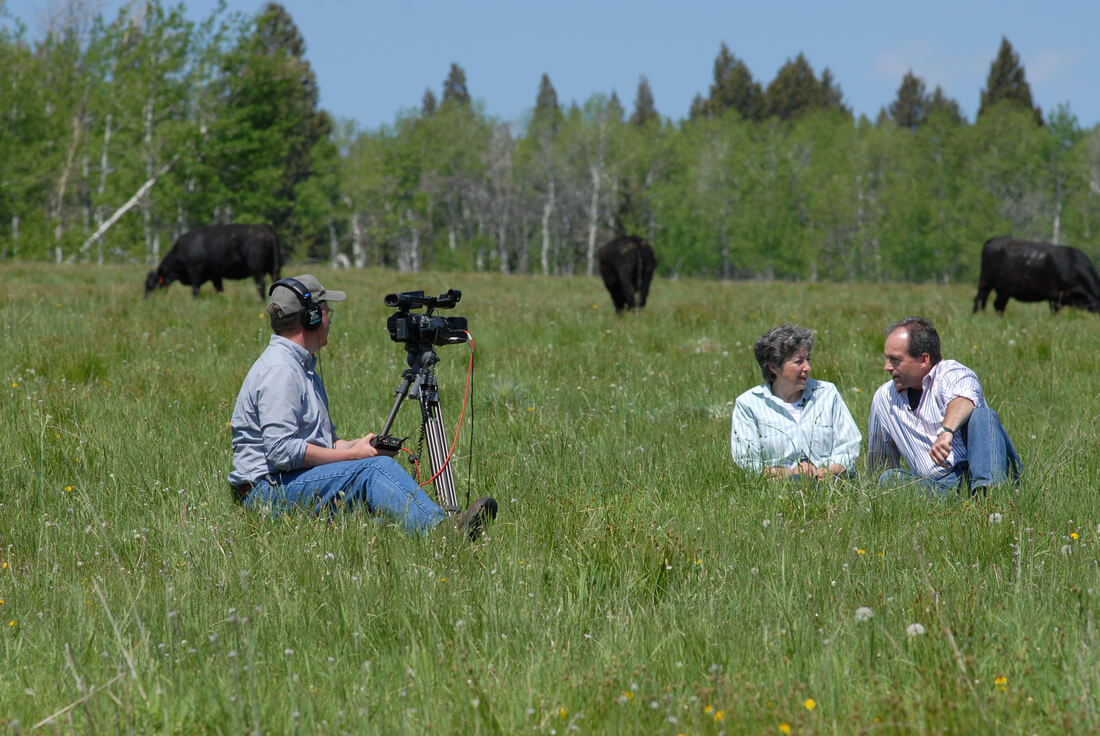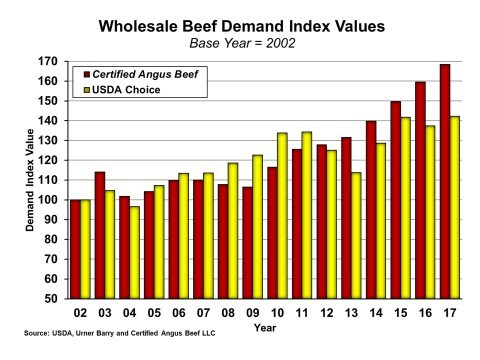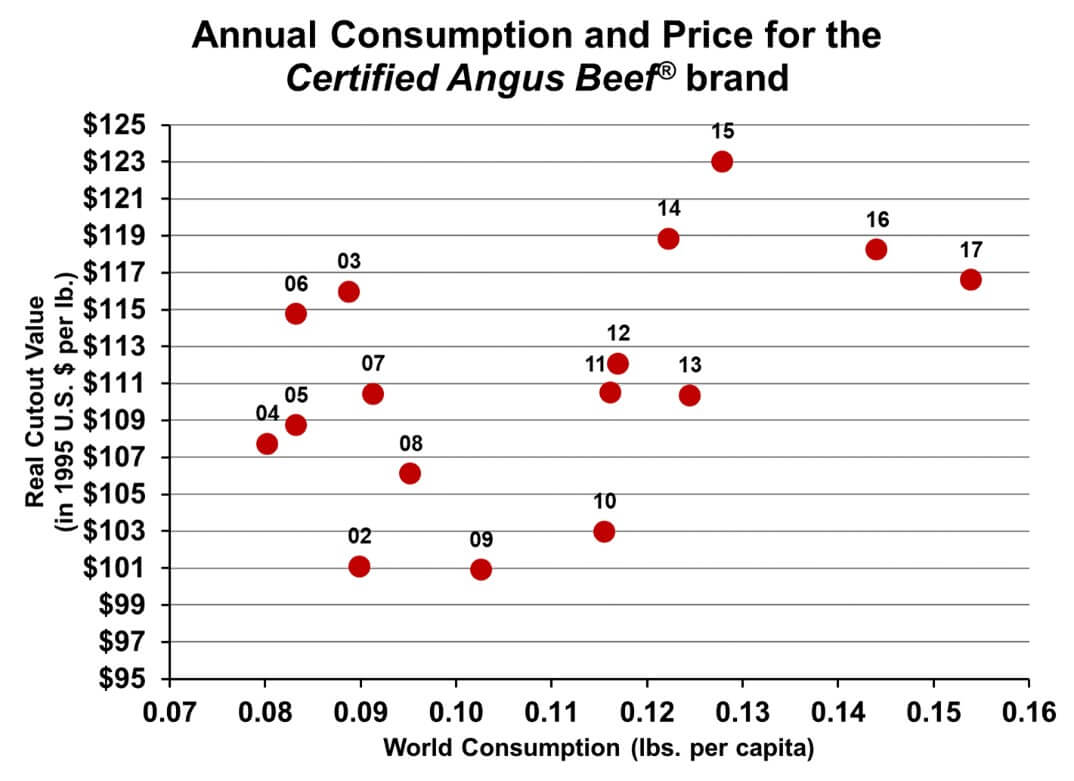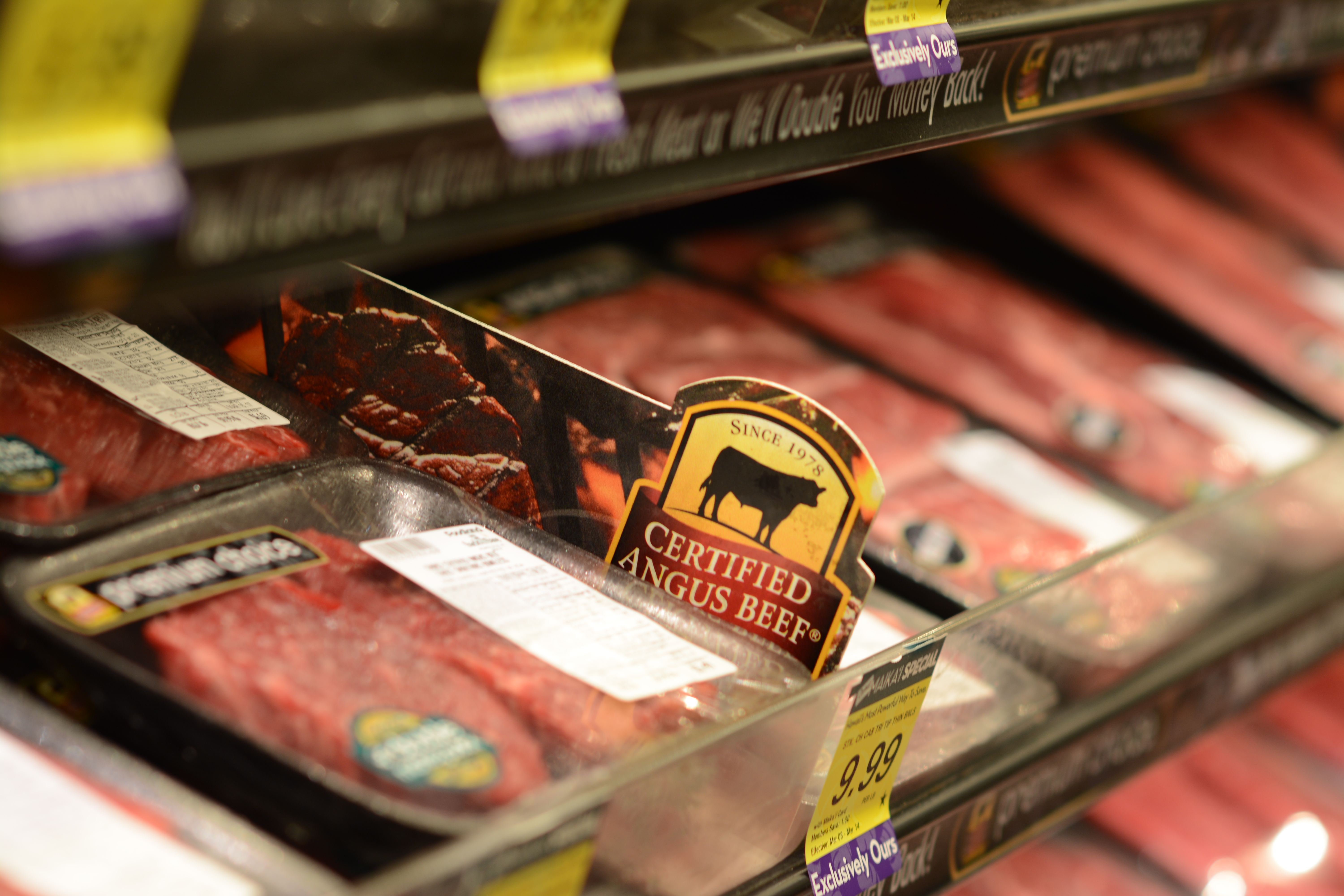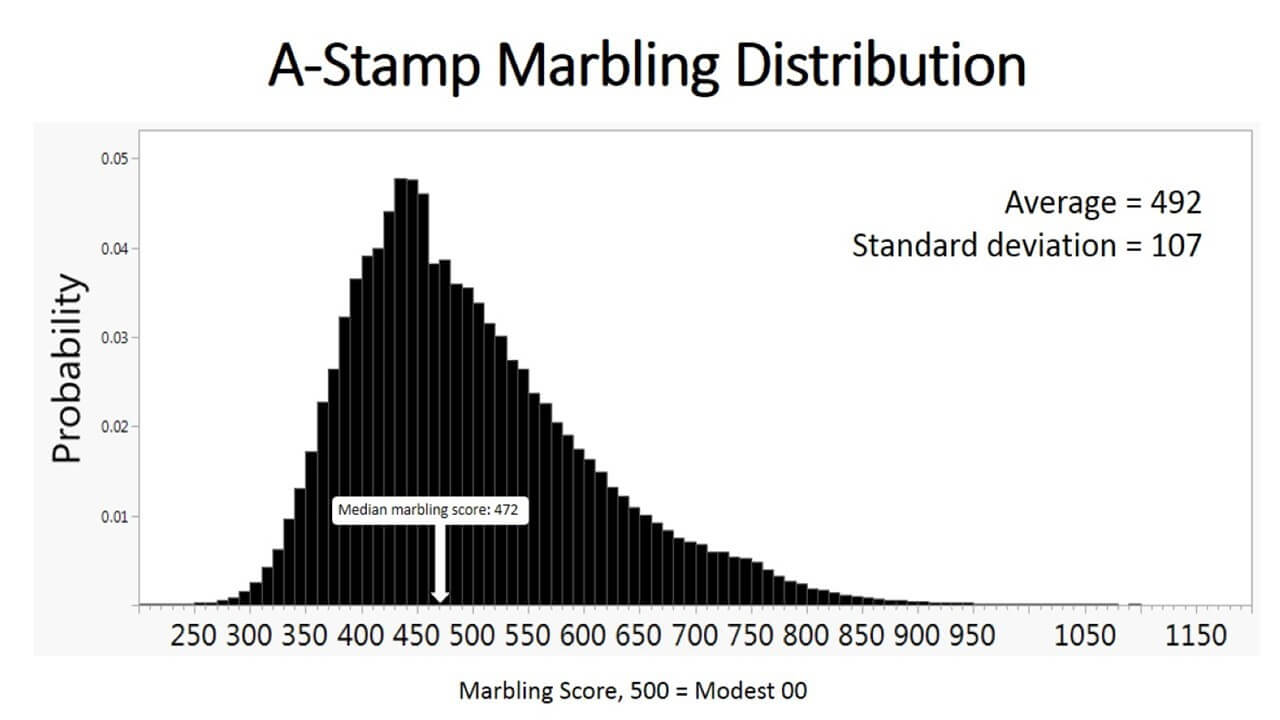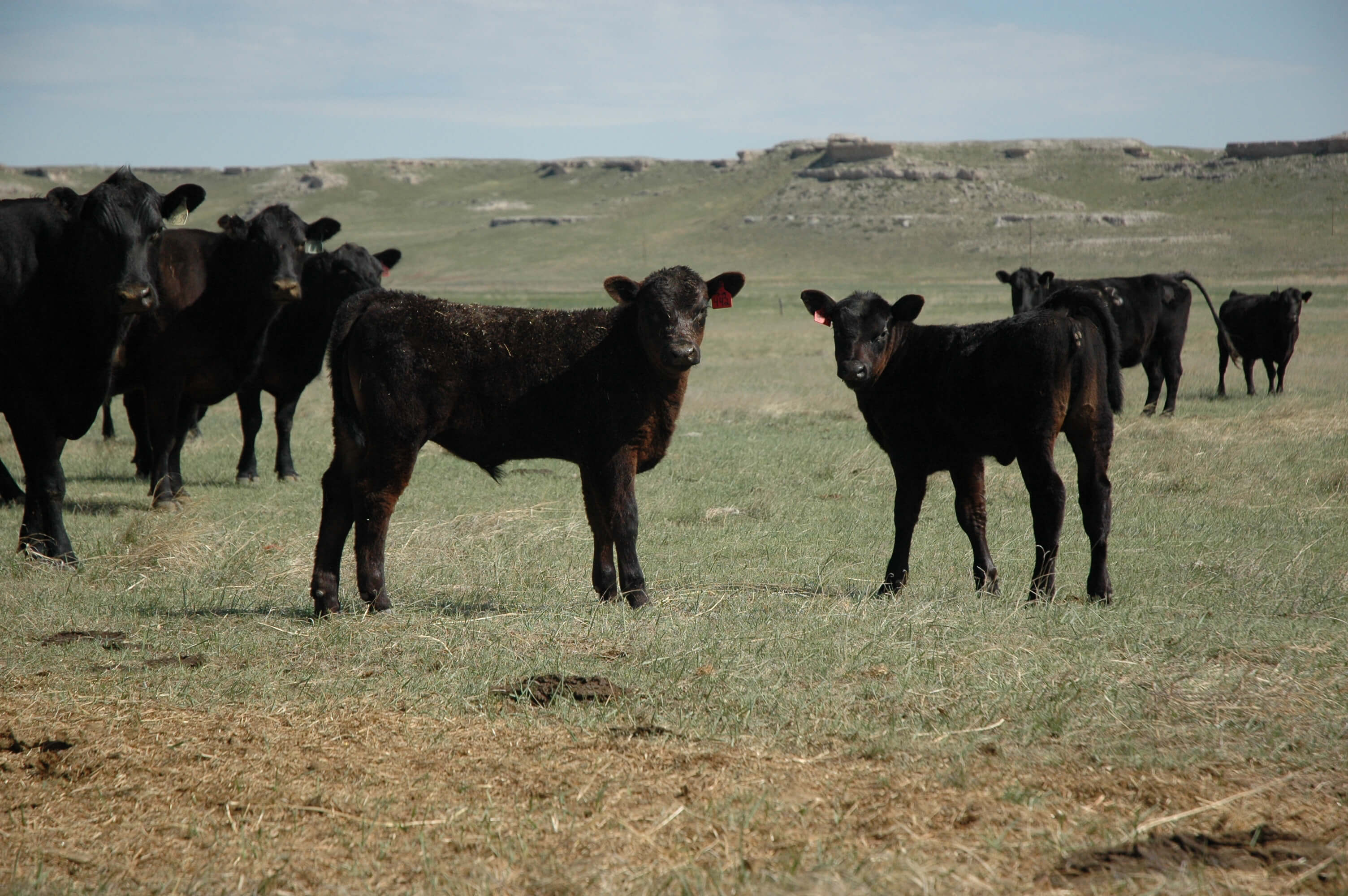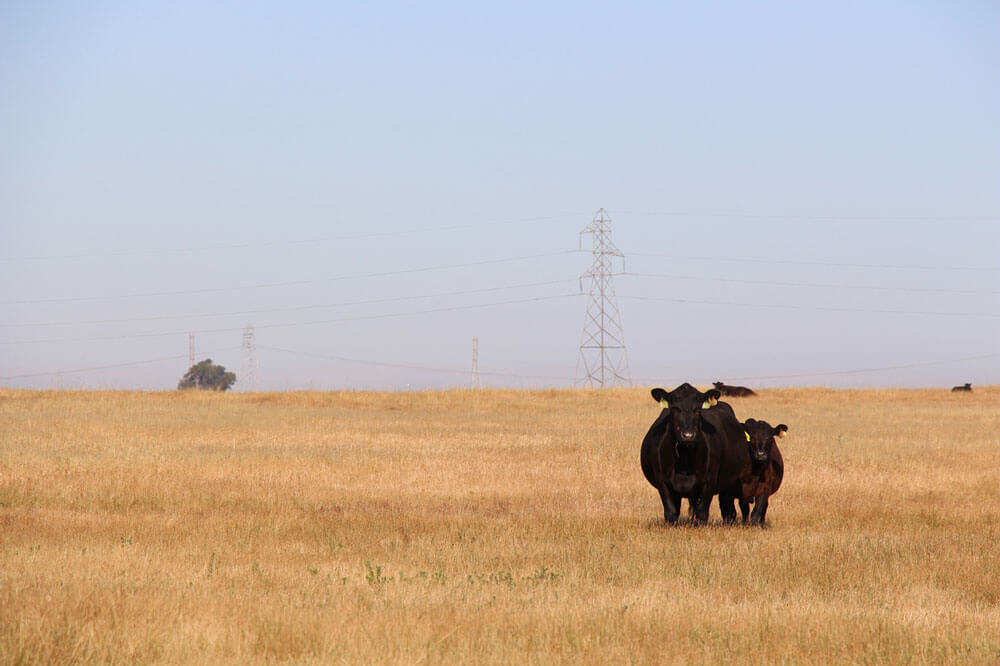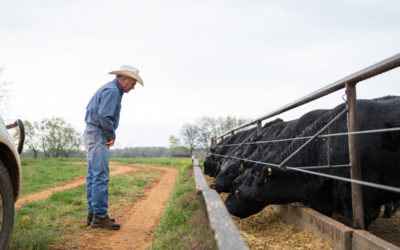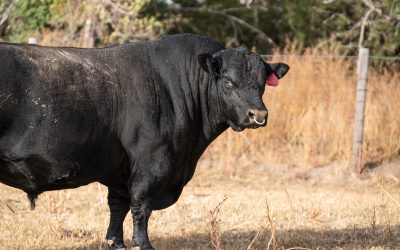
Balanced Approach to Vaccine Safety, Efficacy
by Micah Mensing
You want a cattle vaccine that’s both safe and effective, but sometimes you have to choose which of those ideals gets the upper hand.
That’s according to Paul Walz, the Auburn University veterinarian who spoke at the Feeding Quality Forum late this summer in Sioux City, Iowa.
Vaccination programs must be true to the label protocols, yet individualized for each farm or ranch and the level of risk they can accept.
Using killed or modified-live viruses is not so much about vaccine merit as the level of risk, Walz said, noting Kansas State University has one of the best online risk assessment tools.
For most operations, BVD (bovine viral diarrhea) is a major risk. How do you expose your herd to that?
“Purchase a pregnant replacement female,” Walz said. “More times than not, she will test negative but could be carrying a persistently infected fetus.” At calving, she will shed the virus and contaminate your entire herd.
Prevention is often noted as the key, “but do we rely too much on our vaccines?” he asked. “Following any protocol does not mean our cattle are protected from disease.” Vaccination is only one part of a control program that includes isolation and sanitation.

With vaccination, the goal is immunization in that the immune system recognizes what you have injected and develops the cells to mount a response.
Modified-live vaccines are not 100% safe, and killed vaccines are not 100% efficacious, Walz said. That’s why he said it’s about risk level.
“If you are one purchasing animals from off farm and worried about bringing BVD or IBR (infectious bovine rhinotracheitis) onto your farm, you’ll want to use a vaccine that is highly efficacious,” he said.
“If you are practicing high levels of bio-security, testing everything that comes onto your farm, you may want to stay on the opposite side of the fulcrum,” Walz said. “This may not provide the same level of efficacy but it’s guaranteed not to create any problems.”
He said the IBR virus creates most of the abortion and infertility problems in beef cow herds.
Using a modified-live prior to heifer breeding can mean problems if they’ve never been exposed or vaccinated before.
“What we do know is that using a revaccination when the pre-breeding shot is a modified-live and was given at branding age, weaning age or even post-weaning, we know we will have enough immunity generated when we come back with the second booster. Is this 100% safe? No,” Walz said.

Still, he assured cattlemen that revaccinating with a modified-live vaccine in a breeding program “minimizes the risk of infertility.”
One take-home on safety? It is risky to breed replacement or purchased heifers that were not previously immunized. Labels say that’s 30 days prior to breeding, but Walz said 45 days is even better because it covers two estrous cycles.
The take-homes on efficacy? Using modified-live vaccines can reduce the risk of fetal infection 10-fold, while an acclimated or killed vaccine may reduce that risk by 5-fold. “Killed vaccines are effective, but they are only half as effective at reducing the risk as modified-lives,” Walz said.
What should you never do?
“The worst is to use killed doses, especially just one dose, and then not use an annual revaccination program in the cow,” the Auburn veterinary professor said.
Balancing efficacy and safety takes careful consideration. Walz suggested weighing the risks and rewards with your veterinarian to formulate health management plans to fit your operation.
The forum was presented by the Certified Angus Beef ® (CAB®) brand, with cosponsors Where Food Comes From, Roto-Mix, Feedlot Magazine, Tyson Foods, Intellibond, Zoetis and Diamond V.
you may also like
Quality Wins, Again
Sara Scott, Vice President of Foodservice for Certified Angus Beef, emphasizes the importance of taste over price in the beef market during the Feeding Quality Forum. As consumer demand for high-quality beef grows, Scott highlights the need for increased supply and encourages communication with packer partners to meet the demand for Prime beef.
Feeding Quality Forum Shares Market Outlook, Path to Meeting Demand
The beef demand success story of the past is also the industry’s roadmap for the future, said speakers at this year’s Feeding Quality Forum. The program covered everything from current market conditions and technology to price forecasts and advancements on the horizon.
Steve Hunt Honored with the 2023 Industry Achievement Award
When the cattle industry needed a leader, Steve Hunt stepped up. Sure, it was a group effort to launch U.S. Premium Beef – ranchers, cattle feeders and allied industry – but they all say one man made the difference between success and failure.





